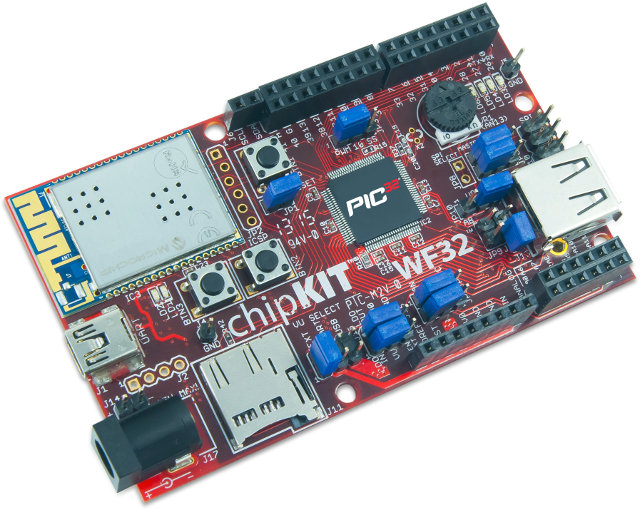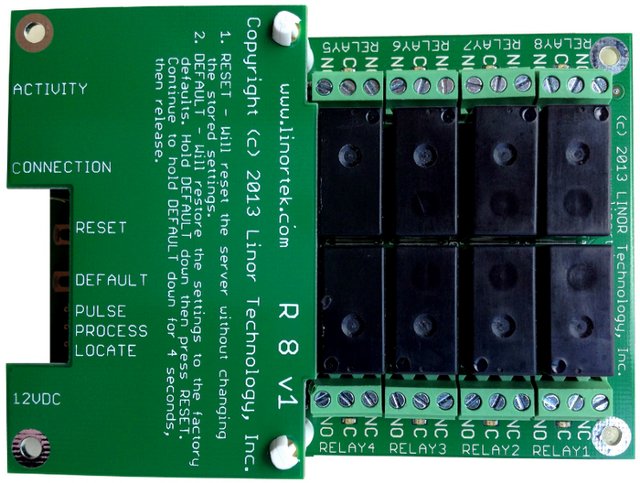Microchip Technology has just announced two new boards by Diligent, part of its Arduino compatible chipKIT ecosystem: chipKIT WF32 board featuring a PIC32 MCU and a Wi-Fi module, and chipKIT Motor Control Shield for servos, steppers, and DC motors. chipKIT WF32 Development Board Board specifications: MCU – Microchip PIC32MX695F512L micro-controller (80 Mhz 32-bit MIPS, 512K Flash, 128K SRAM) External Storage – Micro SD card connector Wi-Fi – IEEE 802.11 b/g via Microchip MRF24WG0MA WiFi module USB – USB 2.0 OTG controller with A and micro-AB connectors for debugging and programing. 43 available I/O pins with 12 analog inputs Misc – 4x user LEDs PC connection uses a USB A > mini B cable (not included) Power – 7V to 15V input voltage (recommended), 3.3V operating voltage, 30V input voltage (maximum), 0V to 3.3V analog input voltage range Microchip has also released an embedded cloud software framework to create Internet of Things […]
Linor Technology Fargo are Ethernet Boards with 4 to 8 Relays
There are more and more “IoT” solutions for home or industrial automation which allow you to control your lights or other equipments remotely with your smartphone or tablet. Many of them are DIY with boards such Arduino or Raspberry Pi combined with an expansion board featuring one or more relays, and some of them can be used out of the box such as Linor Technology Fargo boards. The company designed 4 boards that are powered by a Microchip PIC32 MCU with a small NOR flash, provide Ethernet connectivity, and run a small webserver that allows you to monitor and control the relays with any connected device that can run a web browser. Here are the hardware specifications for the boards (Fargo R8, R4, R4ADI and R4DI): MCU – Microchip PIC32 32-bit MCU Storage – 8MB flash on Fargo R8 for firmware and log storage (up to 10,000 items log) Sensors: […]




